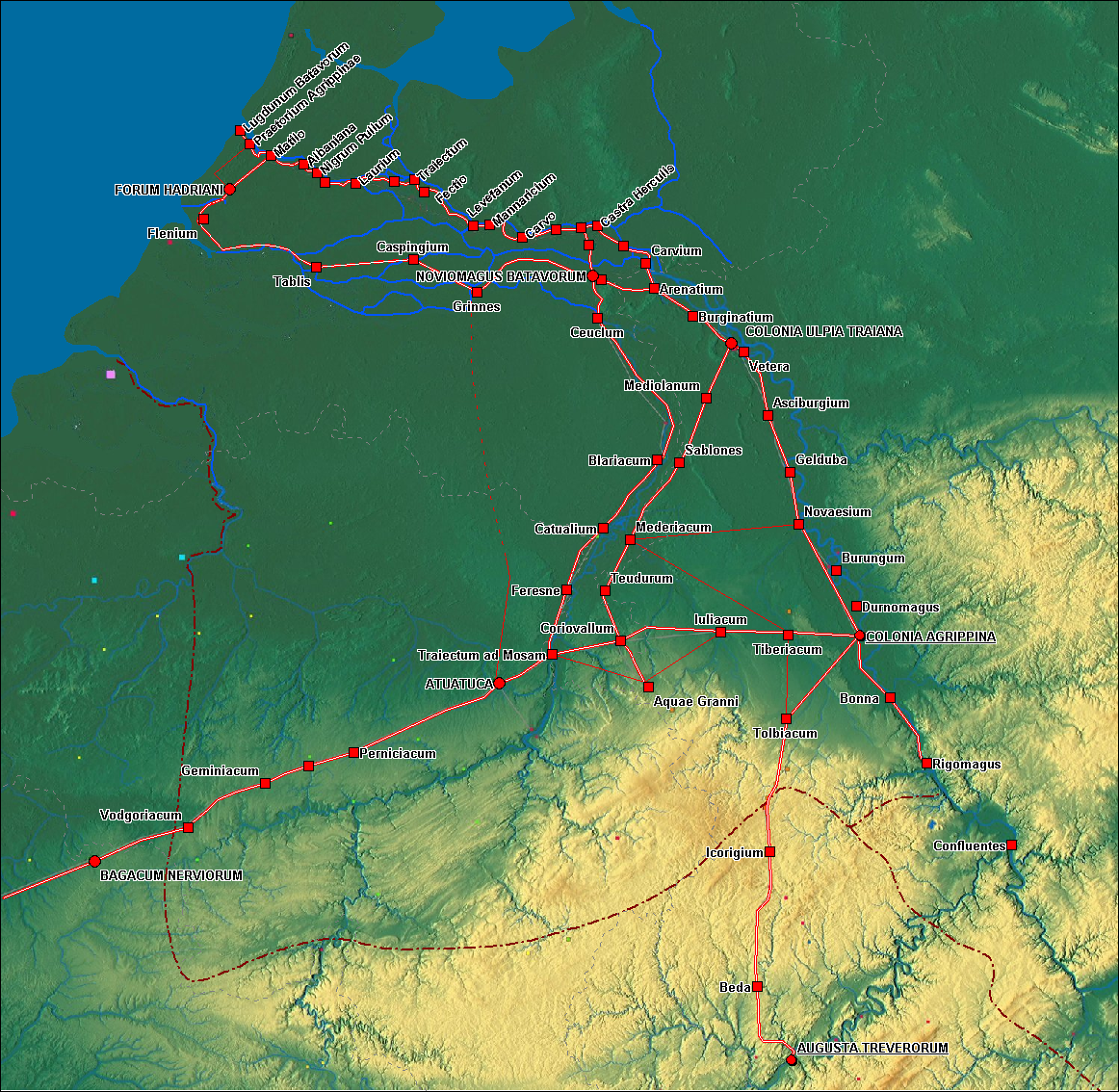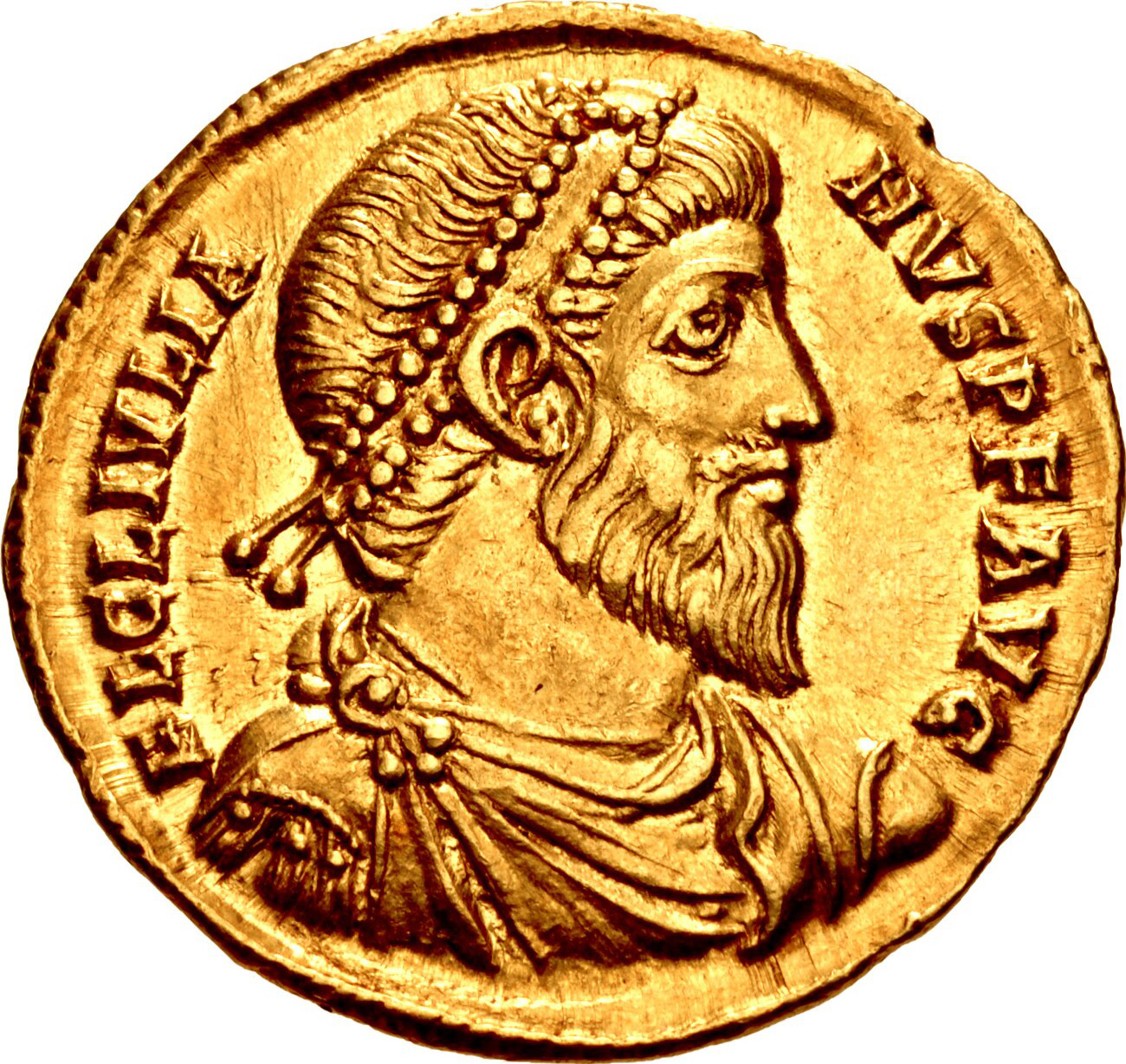|
Apocrisiary
An ''apocrisiarius'', the Latinized form of ''apokrisiarios'' (), sometimes Anglicized as apocrisiary, was a high diplomatic representative during Late Antiquity and the early Middle Ages. The corresponding (purist) Latin term was ''responsalis'' ("he who answers").. The title was used by Byzantine ambassadors, as well as by the representatives of bishops to the secular authorities. The closest modern equivalent is a papal nuncio; the title ''apocrisiarius'' is also still employed by the Anglican Church. Byzantine ''apocrisiarii'' An ''apocrisiarius'' was a cleric who served as the representative (also described as legate, a less precise term) of a patriarch or other bishop to the Byzantine imperial court of Constantinople. The office existed since the 5th century, but was institutionalized by law only under Emperor Justinian I (r. 527–565). Several of the more important ecclesiastical sees maintained permanent ''apocrisiarii'' in the imperial capital. The most important of th ... [...More Info...] [...Related Items...] OR: [Wikipedia] [Google] [Baidu] |
Romanization
In linguistics, romanization is the conversion of text from a different writing system to the Latin script, Roman (Latin) script, or a system for doing so. Methods of romanization include transliteration, for representing written text, and transcription (linguistics), transcription, for representing the spoken word, and combinations of both. Transcription methods can be subdivided into ''phonemic orthography, phonemic transcription'', which records the phonemes or units of semantic meaning in speech, and more strict ''phonetic transcription'', which records speech sounds with precision. Methods There are many consistent or standardized romanization systems. They can be classified by their characteristics. A particular system's characteristics may make it better-suited for various, sometimes contradictory applications, including document retrieval, linguistic analysis, easy readability, faithful representation of pronunciation. * Source, or donor language – A system may be tai ... [...More Info...] [...Related Items...] OR: [Wikipedia] [Google] [Baidu] |
Papal Apocrisiarius
The ''apocrisiarius'' or apocrisiary was the legate from the pope to the patriarch of Constantinople, circa 452–743, equivalent to the modern nunciature. Nomenclature The term '' apocrisiarius'' comes from the Greek word ''apokrisis'', "response". The Latin language name for the office would have been '' responsalis'', from the word ''responsum''. The term was also used by other ecclesiastical envoys, either between bishops or between a bishop and a royal court, although this specific office was one of the first and most notable examples. History and functions In part, the role of the ''apocrisiarius'' was to represent the interests of the Roman church at the imperial court in Constantinople.Ekonomou, 2007, p. 8. Relations between the pope and the Byzantine Empire were also managed at the court of the Exarchate of Ravenna—where the pope had another permanent ''apocrisiarius''—and between the archbishop of Ravenna and the papacy. The later had a special role as '' resp ... [...More Info...] [...Related Items...] OR: [Wikipedia] [Google] [Baidu] |
Ecclesiastical Titles
{{Short pages monitor ... [...More Info...] [...Related Items...] OR: [Wikipedia] [Google] [Baidu] |
Diplomats For The Holy See
A diplomat (from ; romanized ''diploma'') is a person appointed by a state, intergovernmental, or nongovernmental institution to conduct diplomacy with one or more other states or international organizations. The main functions of diplomats are representation and protection of the interests and nationals of the sending state; initiation and facilitation of strategic agreements, treaties and conventions; and promotion of information, trade and commerce, technology, and friendly relations. Seasoned diplomats of international repute are used in international organizations (for example, the United Nations, the world's largest diplomatic forum) as well as multinational companies for their experience in management and negotiating skills. Diplomats are members of foreign services and diplomatic corps of various nations of the world. The sending state is required to get the consent of the receiving state for a person proposed to serve in key diplomatic positions such as an ambassador, ... [...More Info...] [...Related Items...] OR: [Wikipedia] [Google] [Baidu] |
Diplomats By Role
A diplomat (from ; romanized ''diploma'') is a person appointed by a state, intergovernmental, or nongovernmental institution to conduct diplomacy with one or more other states or international organizations. The main functions of diplomats are representation and protection of the interests and nationals of the sending state; initiation and facilitation of strategic agreements, treaties and conventions; and promotion of information, trade and commerce, technology, and friendly relations. Seasoned diplomats of international repute are used in international organizations (for example, the United Nations, the world's largest diplomatic forum) as well as multinational companies for their experience in management and negotiating skills. Diplomats are members of foreign services and diplomatic corps of various nations of the world. The sending state is required to get the consent of the receiving state for a person proposed to serve in key diplomatic positions such as an ambassador ... [...More Info...] [...Related Items...] OR: [Wikipedia] [Google] [Baidu] |
Archbishop Of Canterbury
The archbishop of Canterbury is the senior bishop and a principal leader of the Church of England, the Primus inter pares, ceremonial head of the worldwide Anglican Communion and the bishop of the diocese of Canterbury. The first archbishop was Augustine of Canterbury, the "Apostle to the English", who was sent to England by Pope Gregory the Great and arrived in 597. The position is currently vacant following the resignation of Justin Welby, the List of Archbishops of Canterbury, 105th archbishop, effective 7 January 2025.Orders in Council, 18 December 2024, page 42 During the vacancy the official functions of the office have been delegated primarily to the archbishop of York, Stephen Cottrell, with some also undertaken by the bishop of London, Sarah Mullally, and the bishop of Dover, Rose Hudson-Wilkin. From Augustine until William Warham, the archbishops of Canterbury were in full communion with the Catholic Church and usually received the pallium from the pope. During the ... [...More Info...] [...Related Items...] OR: [Wikipedia] [Google] [Baidu] |
Anglican Communion
The Anglican Communion is a Christian Full communion, communion consisting of the Church of England and other autocephalous national and regional churches in full communion. The archbishop of Canterbury in England acts as a focus of unity, recognised as ' ("first among equals"), but does not exercise authority in Anglican provinces outside of the Church of England. Most, but not all, member churches of the communion are the historic national or regional Anglican churches. With approximately 85 -110 million members, it is the third-largest Christian communion after the Roman Catholic and Eastern Orthodox Church, Eastern Orthodox churches globally. The Anglican Communion was officially and formally organised and recognised as such at the Lambeth Conference in 1867 in London under the leadership of Charles Longley, Archbishop of Canterbury. The churches of the Anglican Communion consider themselves to be part of the Four Marks of the Church, one, holy, catholic and apostolic ... [...More Info...] [...Related Items...] OR: [Wikipedia] [Google] [Baidu] |
Archchaplain
An Archchaplain is a cleric with a senior position in a royal court. The title was used in the Frankish kingdom in the Carolingian The Carolingian dynasty ( ; known variously as the Carlovingians, Carolingus, Carolings, Karolinger or Karlings) was a Frankish noble family named after Charles Martel and his grandson Charlemagne, descendants of the Arnulfing and Pippinid c ... period. Holy Roman Archchaplains * Willigis (c982-c1007) * Erkanbald (c1016-c1020) * Aribo (c1023-c1028) * Willegis (c1073) References Christian religious occupations Carolingian Empire 11th century in the Holy Roman Empire {{job-stub ... [...More Info...] [...Related Items...] OR: [Wikipedia] [Google] [Baidu] |
Franks
file:Frankish arms.JPG, Aristocratic Frankish burial items from the Merovingian dynasty The Franks ( or ; ; ) were originally a group of Germanic peoples who lived near the Rhine river, Rhine-river military border of Germania Inferior, which was the most northerly province of the Roman Empire in continental Europe. These Frankish tribes lived for centuries under varying degrees of Roman hegemony and influence, but after the collapse of Roman institutions in western Europe they took control of a large empire including areas which had been ruled by Rome, and what it meant to be a Frank began to evolve. Once they were deeply established in Gaul, the Franks became a multilingual, Catholic Christian people, who subsequently came to rule over several other post-Roman kingdoms both inside and outside the old empire. In a broader sense much of the population of western Europe could eventually described as Franks in some contexts. The term "Frank" itself first appeared in the third cent ... [...More Info...] [...Related Items...] OR: [Wikipedia] [Google] [Baidu] |
Charlemagne
Charlemagne ( ; 2 April 748 – 28 January 814) was List of Frankish kings, King of the Franks from 768, List of kings of the Lombards, King of the Lombards from 774, and Holy Roman Emperor, Emperor of what is now known as the Carolingian Empire from 800, holding these titles until his death in 814. He united most of Western Europe, Western and Central Europe, and was the first recognised emperor to rule from the west after the fall of the Western Roman Empire approximately three centuries earlier. Charlemagne's reign was marked by political and social changes that had lasting influence on Europe throughout the Middle Ages. A member of the Frankish Carolingian dynasty, Charlemagne was the eldest son of Pepin the Short and Bertrada of Laon. With his brother, Carloman I, he became king of the Franks in 768 following Pepin's death and became the sole ruler three years later. Charlemagne continued his father's policy of protecting the papacy and became its chief defender, remo ... [...More Info...] [...Related Items...] OR: [Wikipedia] [Google] [Baidu] |
Byzantine Emperor
The foundation of Constantinople in 330 AD marks the conventional start of the Eastern Roman Empire, which Fall of Constantinople, fell to the Ottoman Empire in 1453 AD. Only the emperors who were recognized as legitimate rulers and exercised sovereign authority are included, to the exclusion of junior co-emperors who never attained the status of sole or senior ruler, as well as of the List of Byzantine usurpers, various usurpers or rebels who claimed the imperial title. The following list starts with Constantine the Great, the first Christian emperor, who rebuilt the city of Byzantium as an imperial capital, Constantinople, and who was regarded by the later emperors as the model ruler. Modern historians distinguish this later phase of the Roman Empire as Byzantine due to the imperial seat moving from Rome to Byzantium, the Empire's integration of Christianity, and the predominance of Greek instead of Latin. The Byzantine Empire was the direct legal continuation of the eastern ... [...More Info...] [...Related Items...] OR: [Wikipedia] [Google] [Baidu] |
Jerusalem
Jerusalem is a city in the Southern Levant, on a plateau in the Judaean Mountains between the Mediterranean Sea, Mediterranean and the Dead Sea. It is one of the List of oldest continuously inhabited cities, oldest cities in the world, and is considered Holy city, holy to the three major Abrahamic religions—Judaism, Christianity, and Islam. Both Israel and Palestine claim Jerusalem as their capital city; Israel maintains its primary governmental institutions there, while Palestine ultimately foresees it as its seat of power. Neither claim is widely Status of Jerusalem, recognized internationally. Throughout History of Jerusalem, its long history, Jerusalem has been destroyed at least twice, Siege of Jerusalem (other), besieged 23 times, captured and recaptured 44 times, and attacked 52 times. According to Eric H. Cline's tally in Jerusalem Besieged. The part of Jerusalem called the City of David (historic), City of David shows first signs of settlement in the 4th ... [...More Info...] [...Related Items...] OR: [Wikipedia] [Google] [Baidu] |





